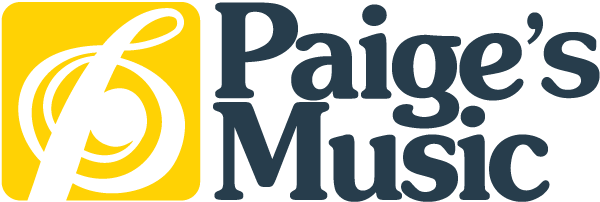The Practice Room Attention Diet

In the time it took me to write this post, I checked my phone for messages four times, checked three separate email accounts, looked at two news sites, browsed a few restaurant menus and opened and closed who-knows-how-many search tabs. In short, I spent a lot of time “writing” that wasn’t actually writing. The same thing happens in the practice room.
Every musician I know practices with a smartphone or other internet-connected device. They can be useful–you can listen to an excerpt to influence your musicality, your style, your tone, and etc. You can use it as a tuner, metronome, and as an all-around great practice device.
There is also a dark side to using anything web-related in the practice room: it is often a colossal waste of time, a litany of unnecessary and harmful distraction. Snapchat is not going to help you play with a better sound. TikTok is not going improve your range. Scrolling through Twitter is not going to increase your note accuracy. Even an “elevated” distraction like The New York Times is a time-sink that wastes your limited and valuable practice time.
Am I a luddite? Absolutely not. There is a time and place for internet-connectivity but that time is rarely in the practice room. Here is a guide to get your time back in the practice room.
1. Set specific goals to accomplish in your practice session.
The ultimate waste of time in the practice room comes from mindlessly walking in without specific goals and claiming that you need to practice for hours on end. A serious lack of focus and distraction can be eliminated by setting clear goals for using your time.
You don’t have to change the world in each practice session. Something as simple as playing one sixteen-measure excerpt clearly, accurately, with great tone quality and musicality is the only can make for a great goal.
2. Turn off ALL phone notifications.
Yes, ALL of them. You don’t need to know that you got an email, message, and so on. You don’t even need to know that you missed a phone call. All notifications can wait.
3. Use a standalone metronome and/or tuner
This is not a sales pitch for the fine collection of metronomes and tuners carried by Paige’s Music. A standalone device only does what it says it will do. It is free of other distractions, notifications, and etc. It is not fun to play with–it is simply there to do the task it was made for.
4. Schedule breaks, or, the Pomodoro Technique
Breaks are important. Just like we need days of from school and work, you need time off from the instrument even your practice session is an hour. I recommend starting with the Pomodoro Technique and refining to your personal taste. The basic principle is this:
1. Four sessions of intense, focused practice.
Don’t let anything take away from your work.
2. Between each focused session, take a five-minute break.
This is the time to use the bathroom, grab a snack, check your phone, and etc. Whatever you choose to do, make sure it is unrelated to your practice–this is critical to keeping focused in your practice time.
3. After the fourth focused session, take a longer break of 15 minutes.
This is a great break length to focus on something else. Read a long-form news story. Go for a walk. Talk to your friends. Do something totally unrelated to practice.
4. Repeat this process until you have accomplished everything you were looking to accomplish.
You can apply these principles outside of the practice room. I use them for reading, writing, and any other task where intense focus is necessary.

No Comments